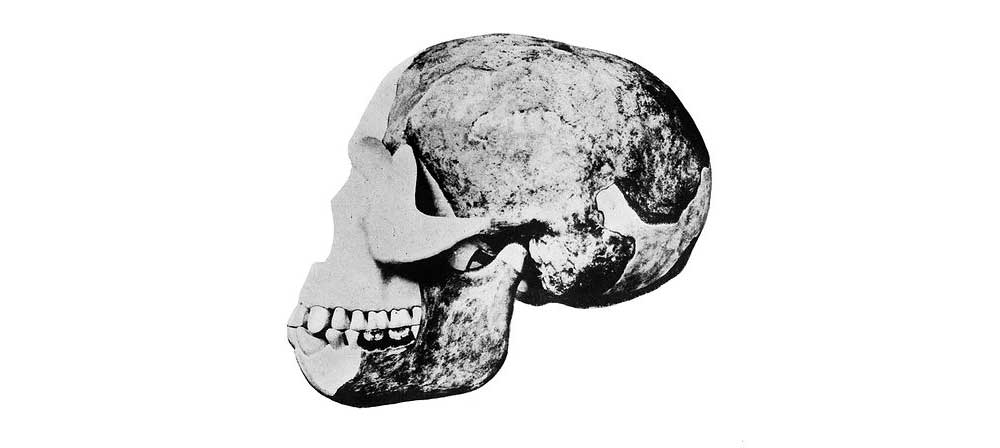Blog articles
How collagen fingerprinting is changing the way archaeologists understand ancient sites
Katarina Douka and coworkers are identifying the species of ancient bone fragments at a massive scale from Denisova Cave.
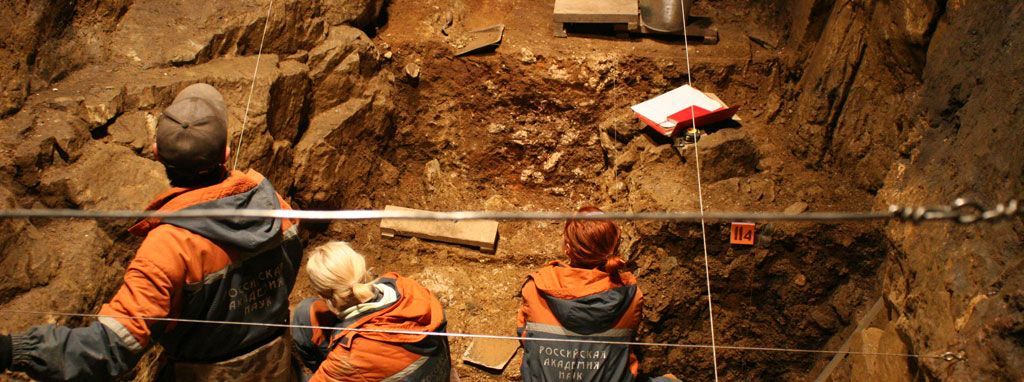
Artifacts of a pre-Clovis tradition from the Gault site, Texas
A 2018 paper by Thomas Williams and coworkers documents a Native American group that existed as early as 16,000 years ago.
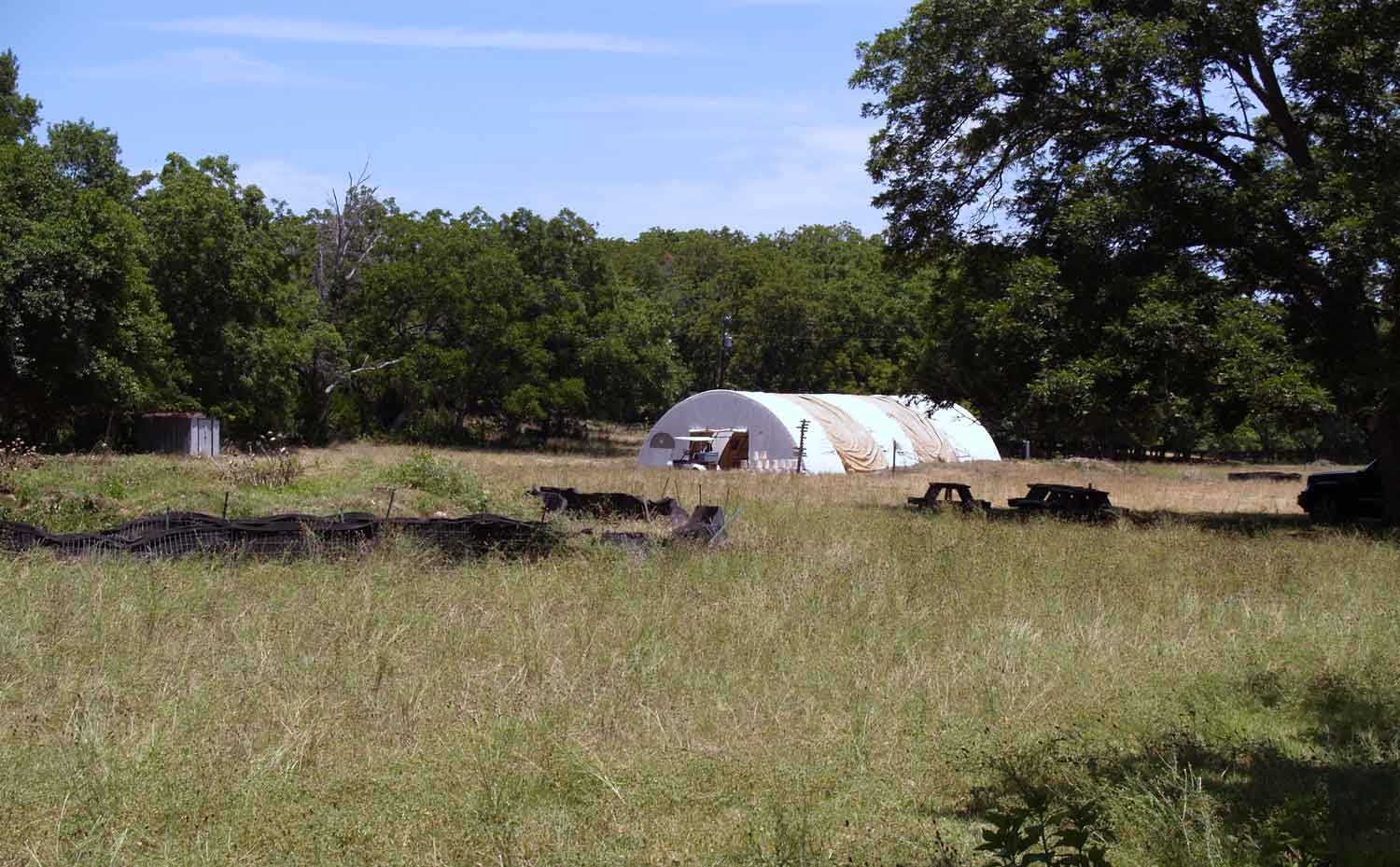
A perspective on how media marginalize scientists from developing countries
A reminiscence from Emanuel "Wahyu" Saptomo sheds light on the discovery and reaction to Homo floresiensis.

Should archaeologists really fear and loathe geneticists?
An article in Nature focuses on the tension between archaeologists and ancient DNA specialists.

The so-called Toba bottleneck simply didn't happen
Prompted by a paper by Chad Yost and coworkers, I look at the persistent myth that humans were an endangered species only 74,000 years ago.

What's the deal with the Sahelanthropus femur?
A news story by Ewen Callaway investigates the mysterious case of this purported earliest bipedal hominin.
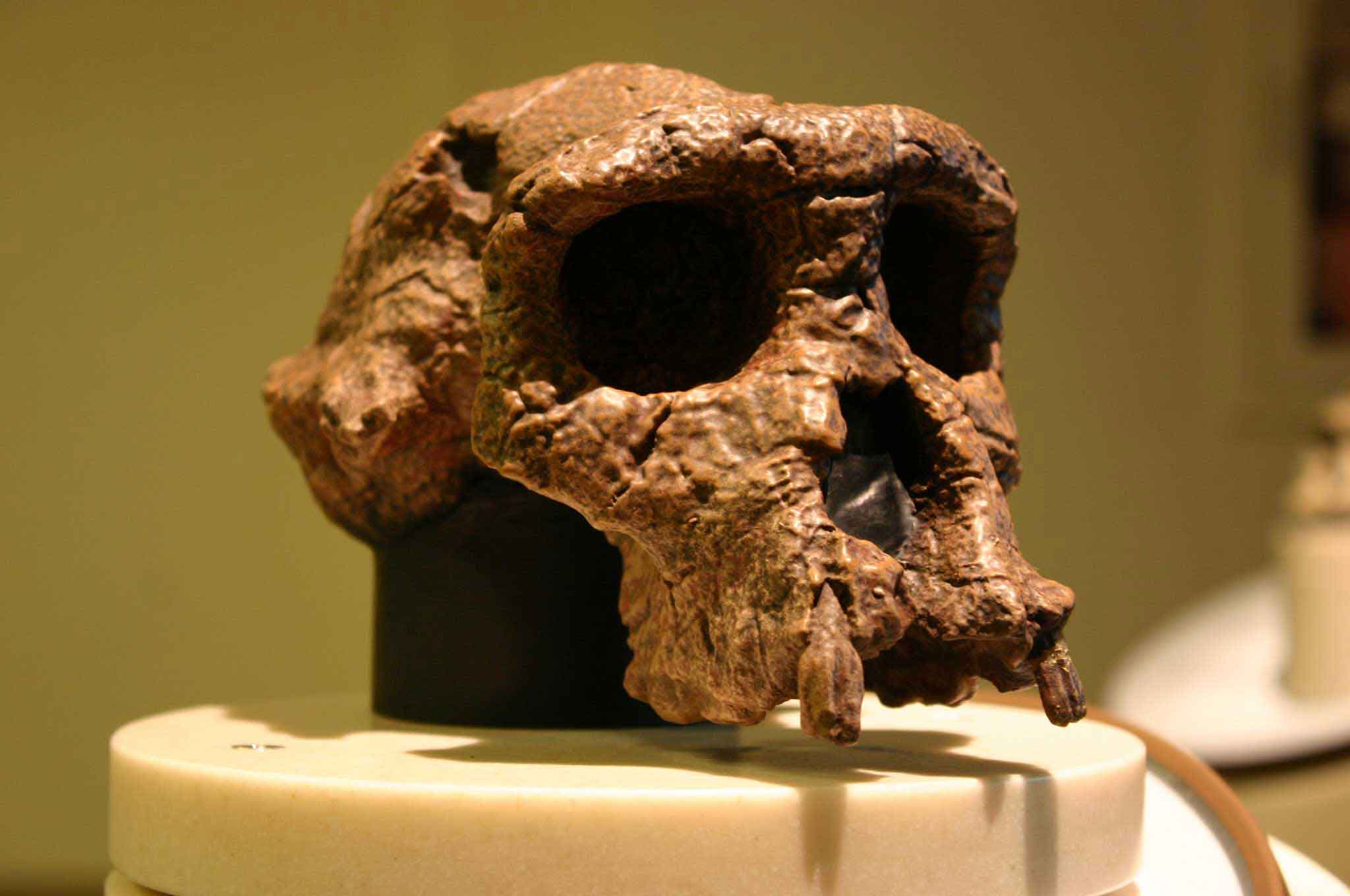
Lida Ajer, early modern human remains in island Southeast Asia
A site first investigated by Eugene Dubois is rediscovered by Kira Westaway and collaborators.
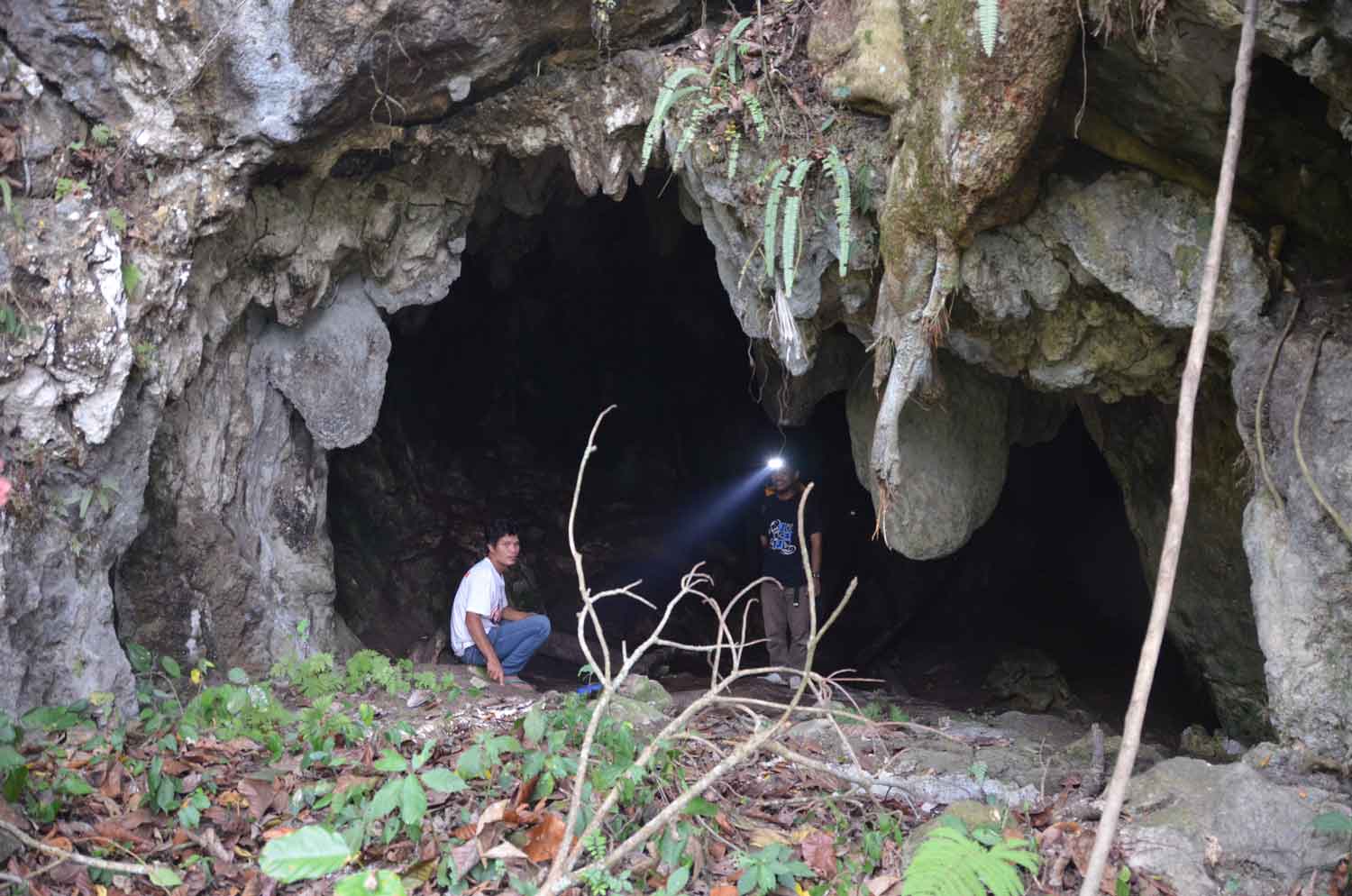
My photo of the Neo skull is named one of the top science images of the year
I am feeling really honored to have one of my photos of Neo included as one of Cosmos magazine’s “Top 10 science images of 2017” [https://cosmosmagazine.com/biology/top-10-science-images-of-2017]. It’s the frontal view of the Neo skull. I’ve always thought that human evolutionary science has some
How many students in paleoanthropology can see casts of Australopithecus afarensis?
The real problem with a lack of data access is that 50 years of the fossil record is invisible to many students in the field.
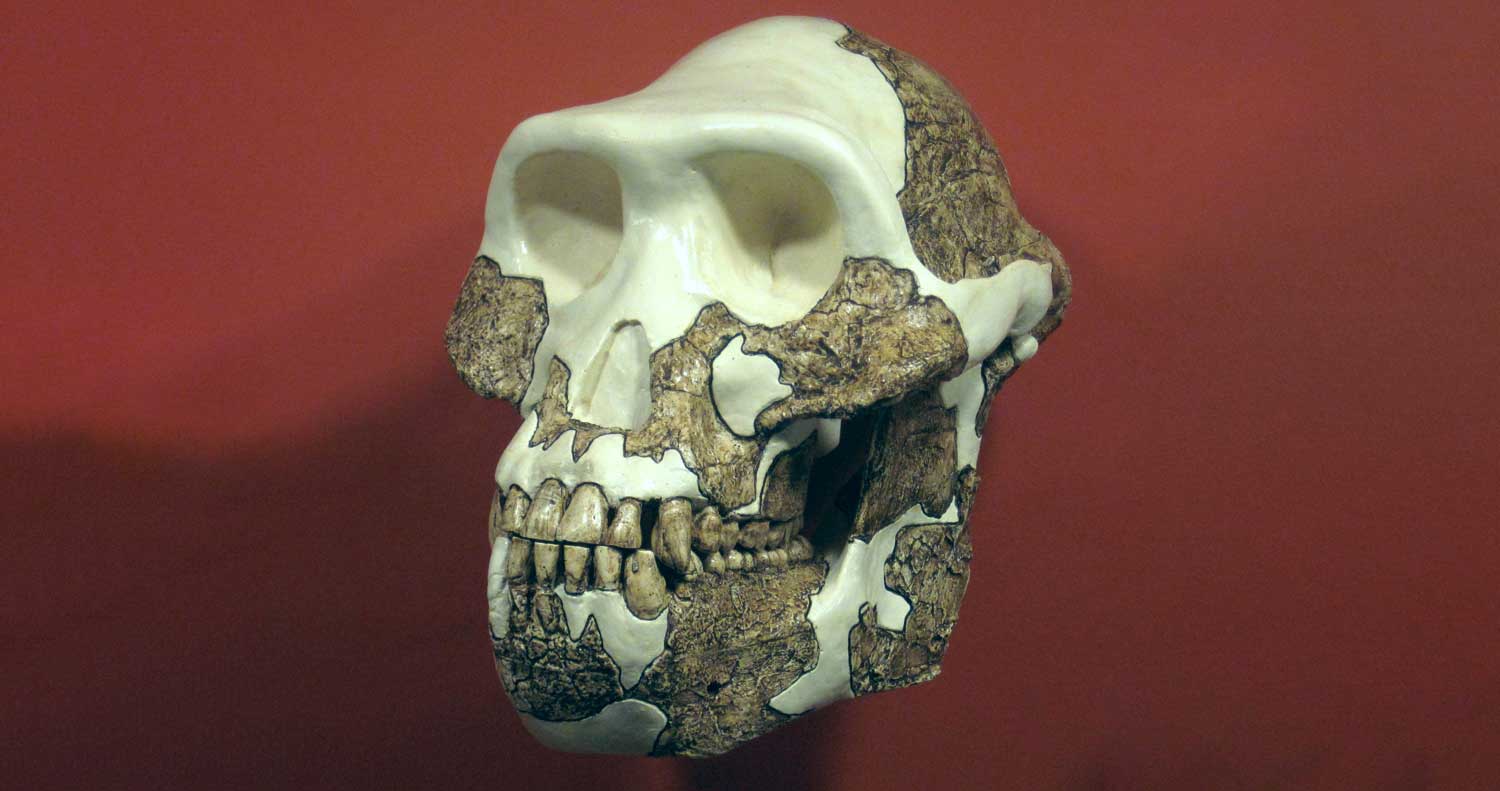
Scientists doubted the Piltdown hoax from the beginning. What can they teach us?
For nearly forty years between the Piltdown discovery and exposure as a deliberate hoax, many scientists never believed the story.
